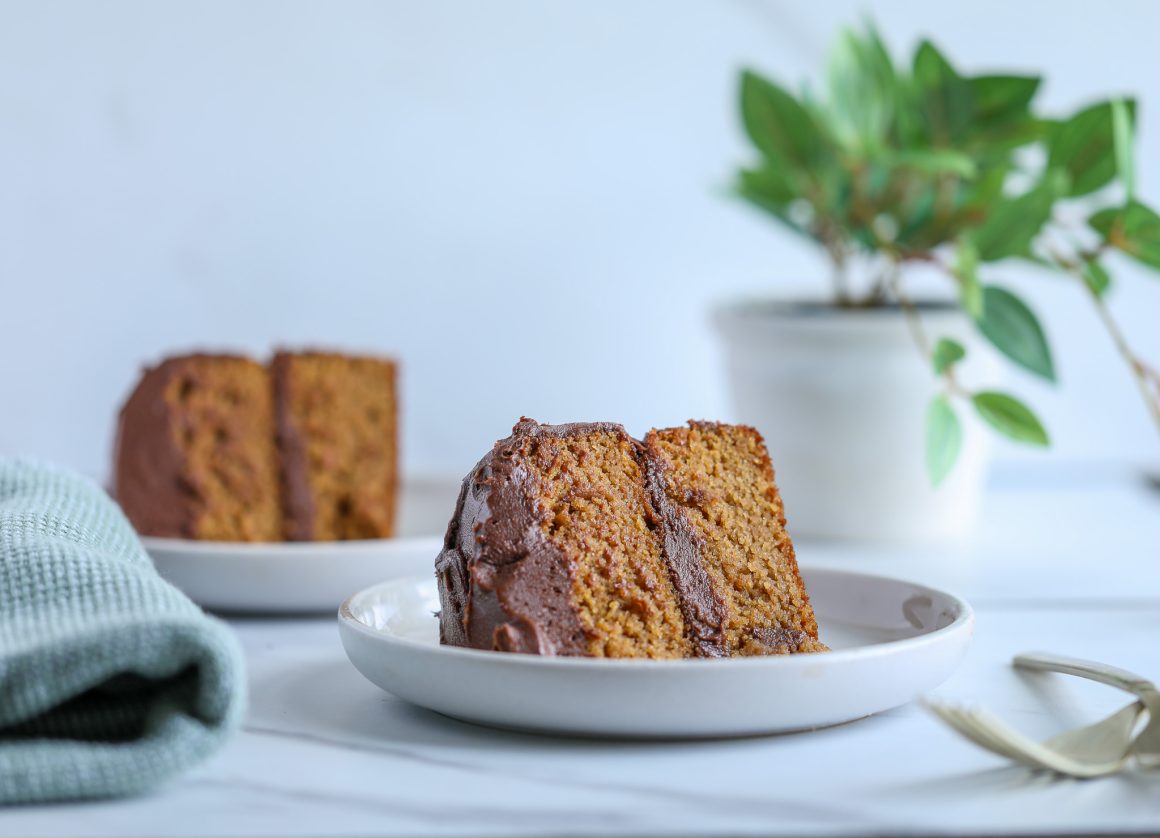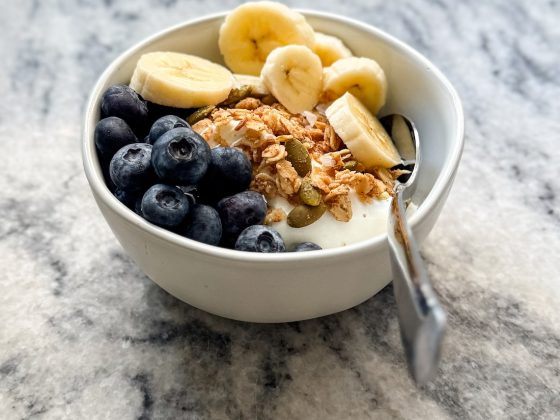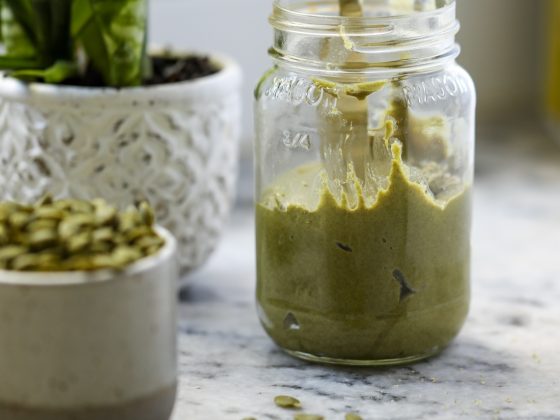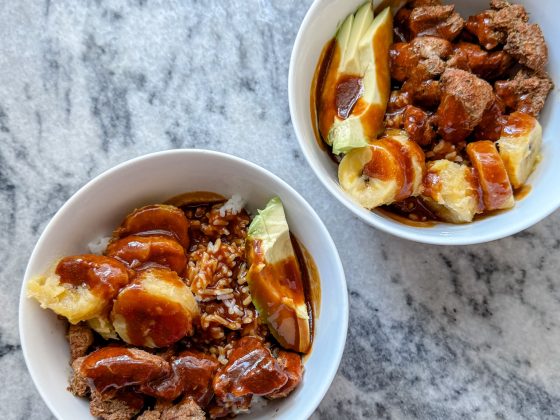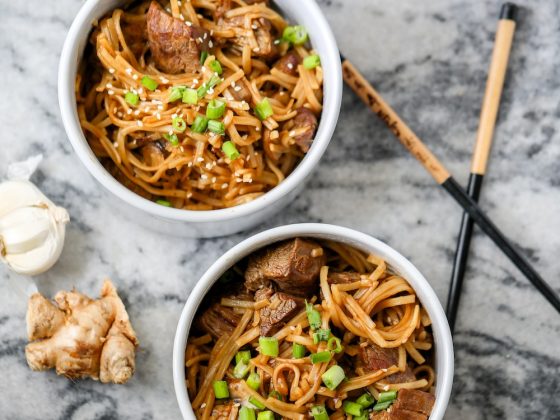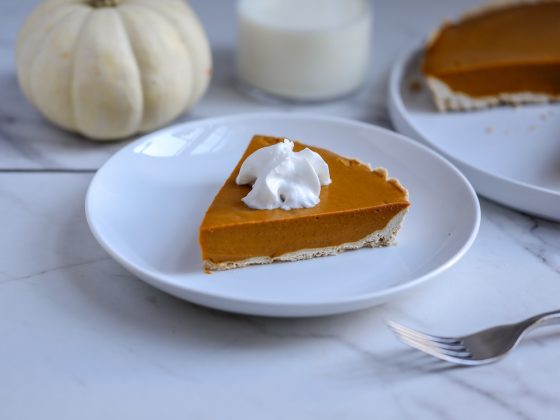I take a lot of shortcuts in motherhood when it comes to food. I thought that I would be making and preparing everything in order to ensure optimal nutrition, but that is just not how it has played out. Picky eating and the need for convenience have hindered both my ability and desire to do so. For example, when we threw a party for my son’s 3rd birthday party last weekend, I ordered a traditional vanilla buttercream cake from a bakery and picked up a bunch of pre-packaged snacks. I felt no shame. But for his actual birthday, and the small celebration we had with our immediate family, I broke out my apron and baked.
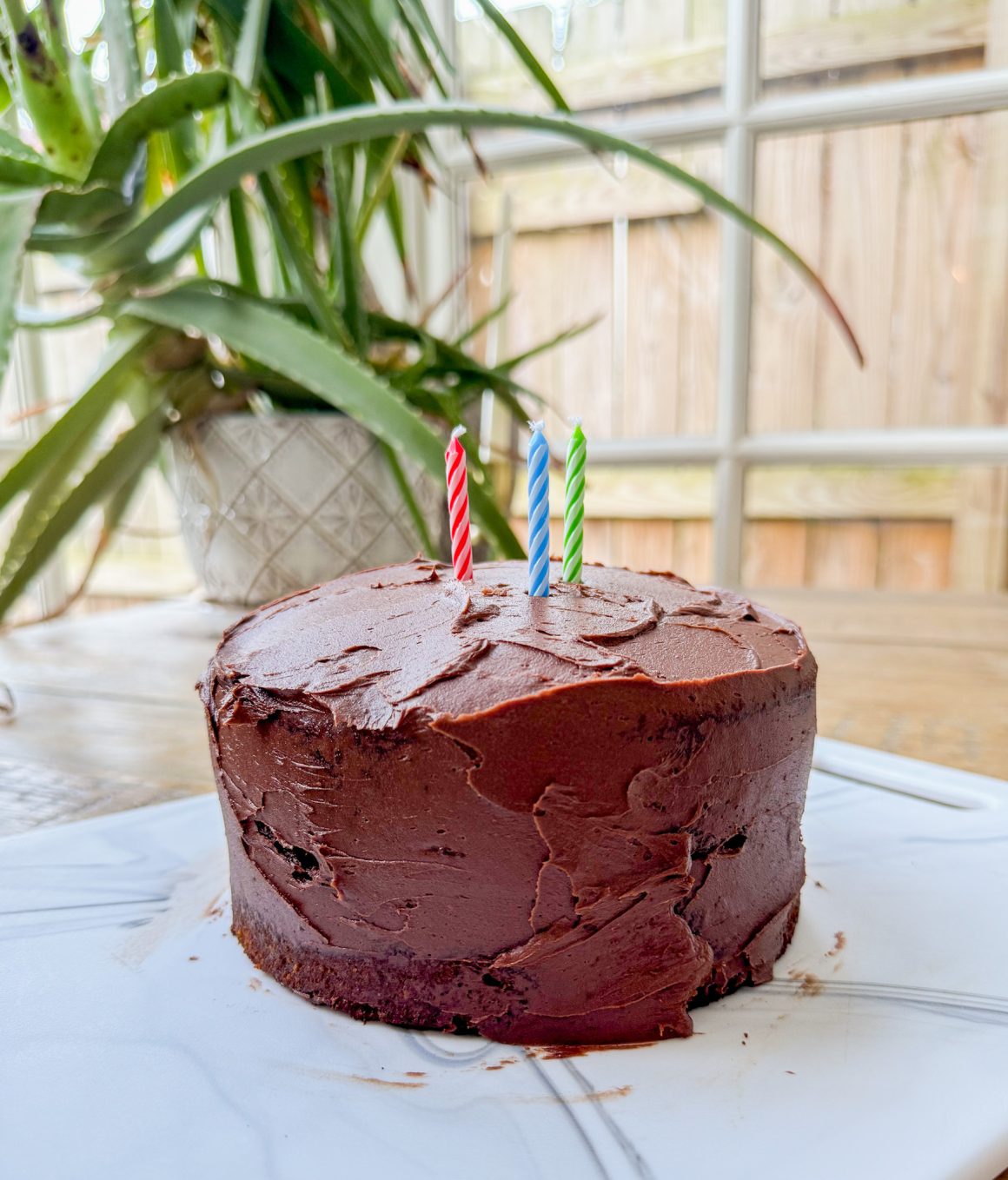
He has gotten to the age when he actually has opinions, so when asked what flavor cake he wanted, he naturally responded chocolate. I think he got an intense love of chocolate from me. He may or may not have had a giant chocolate chip cookie for lunch as well, but hey, it was his birthday. At least he had a coconut yogurt pouch right before. It is all about balance my friends.
I made the base of his cake the same as his first birthday cupcakes, and frosted it with my favorite chocolate buttercream recipe. For this cake, I actually used all grass-fed butter for the frosting, but feel free to supplement with the coconut oil if you want to. There is nothing like a buttercream frosting. Sometimes I will keep a jar of it in my pantry and use it to dollop my post-dinner sweet treat. The powdered monk fruit makes it sugar-free, so at least there is that.
What makes this cake healthier?
I define a healthy baked good as a food that brings something to the table through the use of ingredients that contain nutrition. Essentially, nutrients are found in vitamins and minerals that provide our body with benefits. Traditional baked goods do quite the opposite. In fact, the use of refined sugar not only contains zero nutrition, but is an anti-nutrient, meaning through the metabolic process, it actually robs your body of nutrients; additionally, it promotes more hunger and hormonal imbalances. When we eat white sugar for example, our bodies are left with less B vitamins than before.
The use of traditional wheat-based flours, while maybe containing some fiber, spike your blood sugar (especially when consumed in conjunction to white sugar), leaving you on a cycle of hormonal mayhem. This only leaves you craving more carbs and sugar as a result, which can negatively impact your physical and mental health.
So when I say “healthy cake,” the recipe typically calls for more ingredients with nutrition, than those without. These ingredients usually fall within three main categories:
Flour. The flours comprise the base of most baking recipes. I like to use both gluten-free and grain-free flours that not only will keep blood sugar levels steady, but also contain more protein and fiber than traditional white or wheat flours.
Sweetener. This is the area that can use the most upgrading. While I have been baking with more blood sugar balancing sweeteners for years (primarily coconut sugars in more granulated and liquid forms), I am experimenting with alternative sugar-free sweeteners such as monk fruit, allulose, and erythritol.
Fat. In traditional baking, butter or vegetable oils are the primary fats used in recipes. I do sometimes use grass-fed butter in my baking, especially if the recipe is low carb and sugar-free. Coconut oil, avocado oil, and egg yolks are some sources of fat that are on the healthier side. Ingredients such as fruit and vegetable purees (applesauce, avocado, sweet potato), are also examples of more nutritious substitutions for fats.
Across these categories, for this particular carrot cake recipe, I used the following upgrades:
Flour: In this recipe, I am using my favorite grain-free trifecta of flours: almond, coconut, and tapioca. Keep in mind that when baking with these flours, they all contain more fat and protein than other flours, so achieving a certain ratio is important.
Sweetener: This recipe calls for my tried and true more blood sugar balancing sweeteners: coconut sugar, coconut nectar (or maple syrup), and monk fruit.
Fat: I love how this recipe is oil-free. I have found that not many recipes need oil, especially when baking with eggs. Almond milk (or another dairy-free milk) with a fruit or veggie puree (like the applesauce in this recipe) serves the purpose. I will often use coconut oil in gluten-free and vegan recipes (with absence of eggs) in order to provide moisture and a little binding, but since this recipe does use eggs, the combination of almond milk and applesauce works just as well.
Tips for making this healthier birthday cake
Let’s start with your baking vessel. This recipe can be customized to any pan you may have at home, although I highly suggest using the 6-inch size I used. It came out perfectly moist with aesthetically layered. If you choose to make cupcakes instead, use this recipe with the frosting below. You can also use a 9-inch pan, but the bake time will vary (see recipe notes).
In my cake baking experience, I have used cake pans, springform pans, and silicone pans (see my shop page for details), and I would steer you towards the latter two. I think springform pans are the most widely used, but I love my silicone bakeware. I originally bought them for no-bake cakes and raw desserts, but I find they work just as well as the springform pans for baking. Something tells me traditional bakers would find silicone controversial (I have yet to really look into this, although I did find this great overview on thespruceeats.com), but I think this kind of cookware comes with a lot of advantages. I have compared my springform cakes to my silicone cakes and the results are similar and consistent. One thing I will say is if you are using silicone pans, allow your cakes to completely cool before removing them, or else they may crack or fall apart.
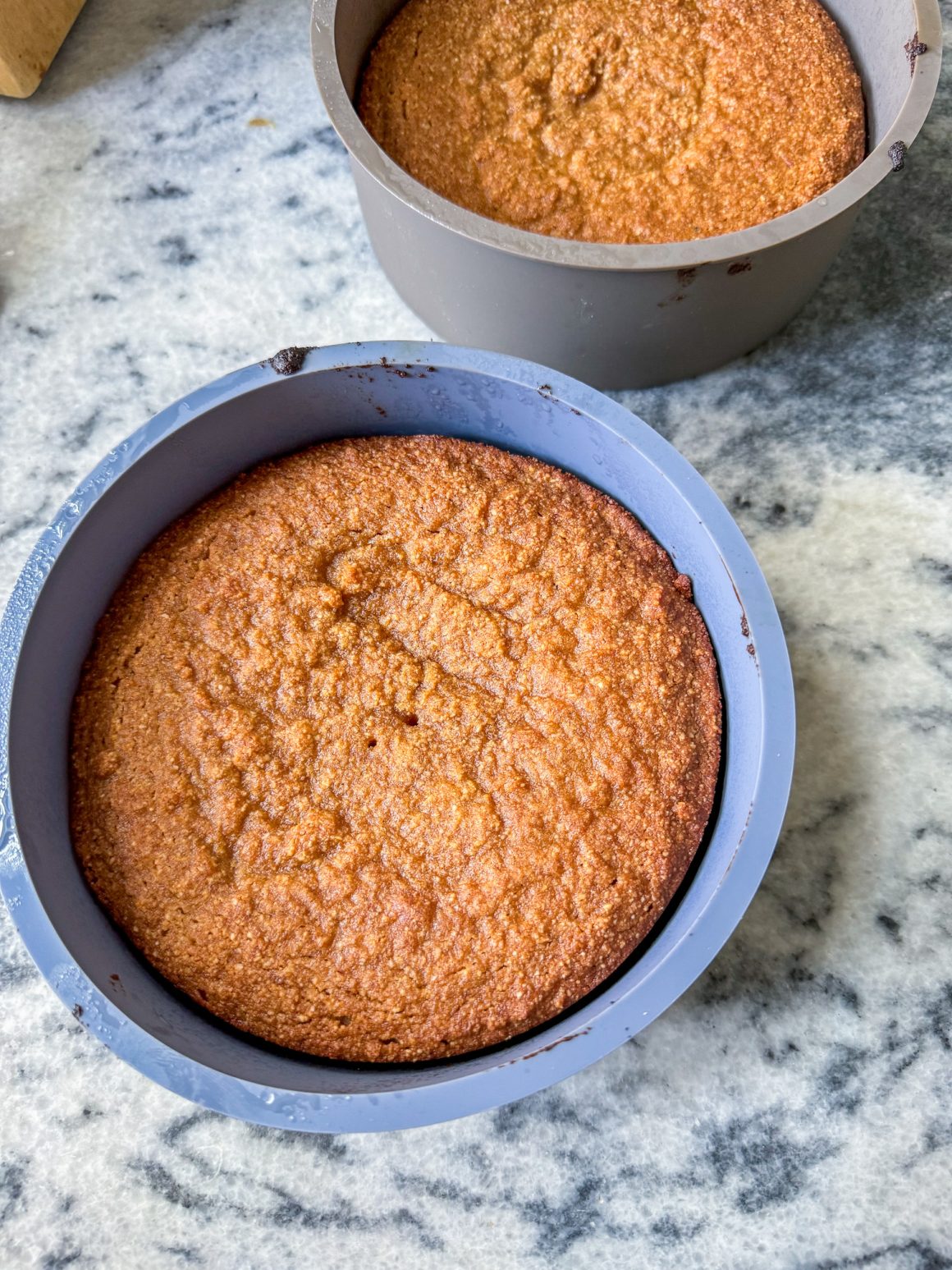




As mentioned above, the primary base of this cake – almond flour, coconut flour, and tapioca flour – are combined for a reason. I call this the paleo baking trifecta as the three flours work beautifully together in grain-free baking. You could probably substitute the tapioca flour with arrowroot, but I haven’t tested it that way. If you would rather combine the almond flour with another gluten-free flour (like brown rice flour or oat flour), use the ratios in this carrot cake recipe.
The instructions call for letting the batter rest after beating all of the ingredients together before you bake it in the oven. Don’t skip this step! Since grain-free baking uses more delicate flours, letting the batter rest allows for the absorption of moisture and will yield a better baked good. Lastly, make sure your cakes (or cupcakes) always completely cool before frosting. This may be intuitive, but I once made the mistake of frosting too quickly when in a hurry and my frosting turned into a melted mess.
Planning and prep
Cooling the cakes is the most time consuming part of this recipe’s process. I baked the cakes and made the frosting in under an hour while my son was napping, and then frosted the cake later than evening right before we ate it. You could even make the cakes the day before, wrap them in plastic wrap, and keep them refrigerated until you are ready to frost the next day. The frosting can also be made a few days in advance. Keep it stored in an airtight container at room temperature (don’t refrigerate). When ready to use the frosting, give it a good stir in case any separation has occurred.
My son loved his birthday cake! He kept saying “it’s yummy!” Any time I can balance his nutrition with a healthier baked good for those celebratory moments in life is a win in my book.
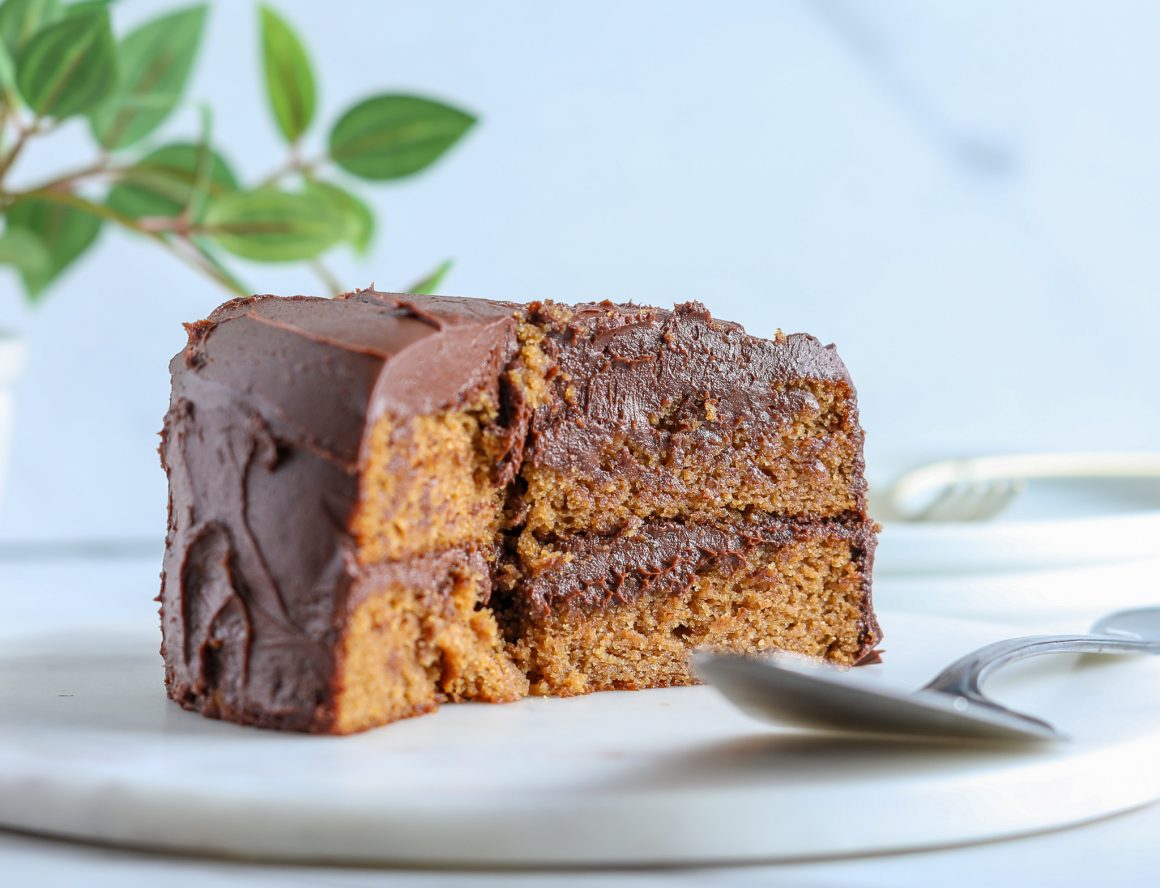
Chocolate Frosted Layer Cake {Grain-Free, Dairy-Free Option}
Equipment
- 2 6-inch cake pans
- hand mixer or stand mixer
- Mixing bowls
Ingredients
For the cake
- 2 cups almond flour
- ¾ cup coconut sugar
- ¼ cup coconut flour
- ¼ cup tapioca flour
- 1 teaspoon baking powder
- 1 teaspoon baking soda
- ½ teaspoon sea salt
- 2 eggs
- ½ cup dairy-free milk of choice I used unsweetened almond milk
- ½ cup unsweetened applesauce
- ¼ cup coconut nectar or maple syrup
- 1 teaspoon vanilla extract
For the frosting
- 1 cup grass-fed butter room temperature; can sub with vegan butter or palm shortening
- 1 cup powdered monk fruit
- ⅓ cup cacao powder or cocoa powder
Instructions
- In a large bowl or stand mixer, mix the almond flour, coconut sugar, coconut flour, tapioca flour, baking powder, baking soda, and salt. Stir to blend.
- In a separate medium mixing bowl, whisk together the eggs, dairy-free milk, applesauce, coconut nectar or maple syrup, and vanilla extract until creamy.
- Pour the wet ingredients into the bowl with the flour mixture. Beat until a batter is formed, increasing the speed as needed. Let the batter rest in the mixing bowl for 20 minutes.
- Meanwhile, preheat the oven to 350℉. Spray two 6-inch cake pans with cooking spray.
- After the batter has rested for 20 minutes, evenly distribute the batter between the two cake pans, using a spatula to spread and even to the sides. Bake for 30 to 35 minutes, until a toothpick inserted into the center of one comes out clean, or the internal temperature of the cakes is 180℉ to 190℉. Allow the cakes to completely cool in the cake pans, about 1-2 hours.
- Meanwhile, make the frosting. Place the grass-fed butter in a large bowl and beat with a hand mixer until fluffy, about 30 seconds. Gradually add the powdered monk fruit and cacao powder and continue to beat until frosting consistency is reached. You will probably have to intermittently scrape down the sides with a spatula and beat again. You can also use a whisk to beat by hand.
- Using a spatula, mix the frosting. Once the cakes have completely cooled, frost the top of one cake, spreading the frosting evenly. Place the other cake on top, and use the rest of the frosting to frost the top and around the sides.

